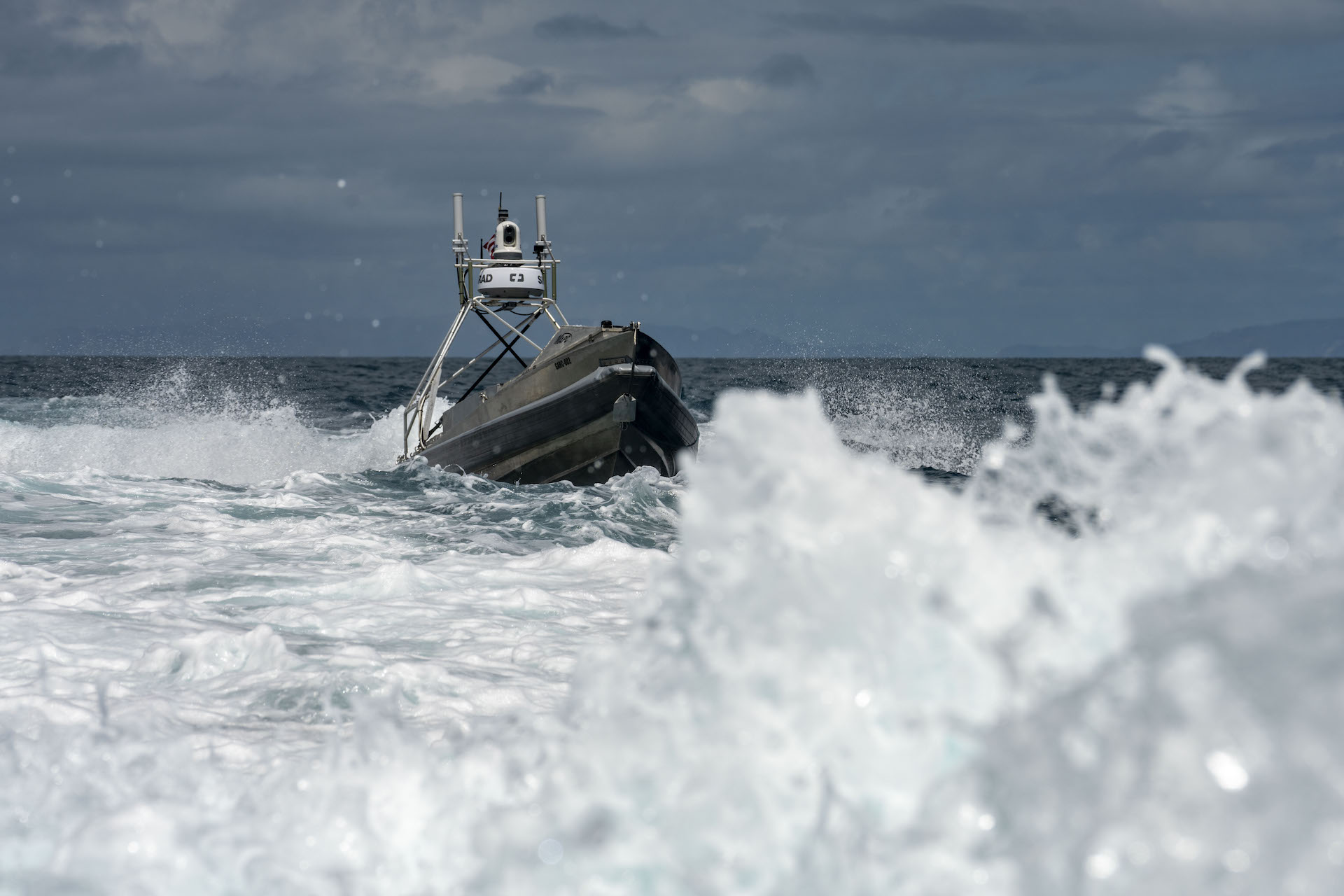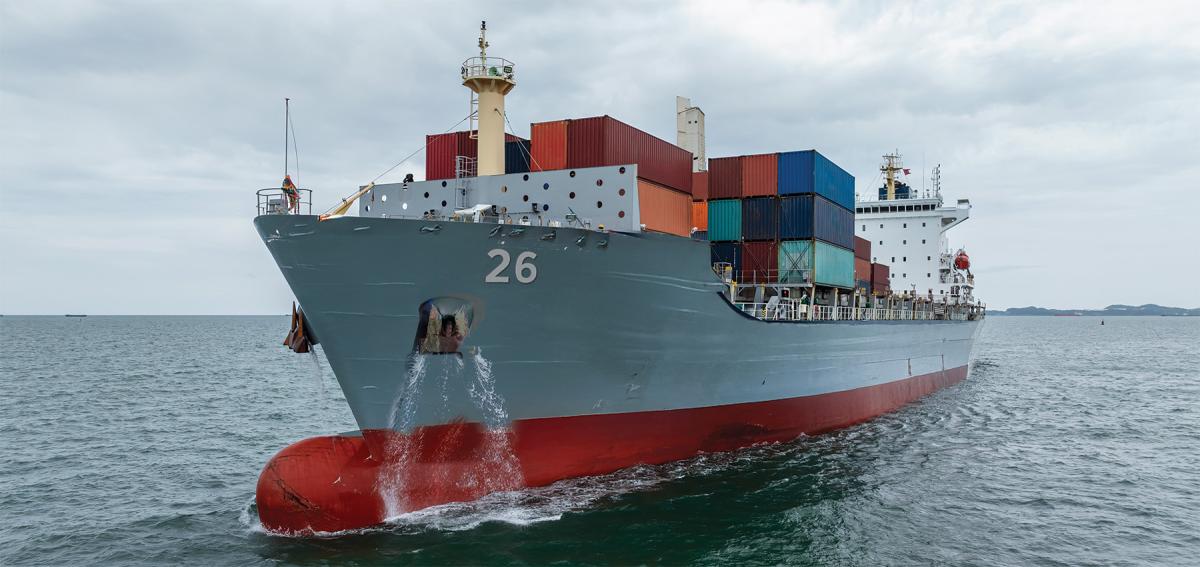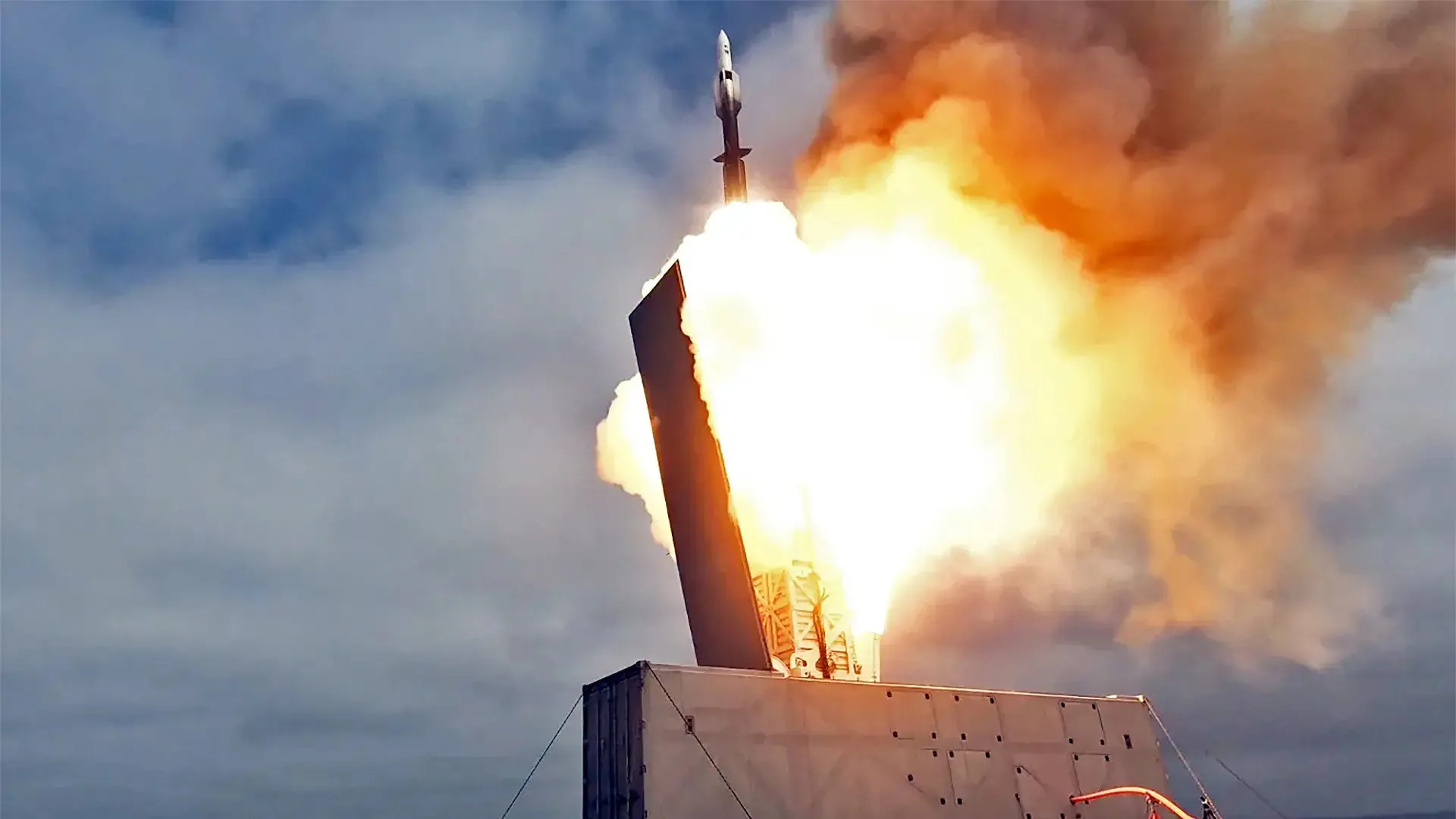- Reaction score
- 11,885
- Points
- 1,160
They aren't alternatives to warships. Thinking just shooting missiles is what a warship does is like thinking that all a tank does is shoot a gun, so an unarmoured vehicle with a gun is a "low cost alternative".
Containerized missile systems are interesting, and have potential to be a useful addition to the fight, but they are not a replacement for anything but older launch systems.
War is all about bullets, self-propelled or otherwise. The secret is having more bullets than the other guy, specifically having more in range and at the ready.
I won't argue the toss on the definition of a warship. I will say that any warship commander wants access to as many bullets as he can lay his hands on ... and they don't necessarily have to come from his ship. In fact, I am pretty sure that he would much sooner keep his own bullets for his own defence needs if at all possible.
The containerized systems permit deployment of bullets direct from the warehouse, the railways, the highways and any seagoing convoys.
















